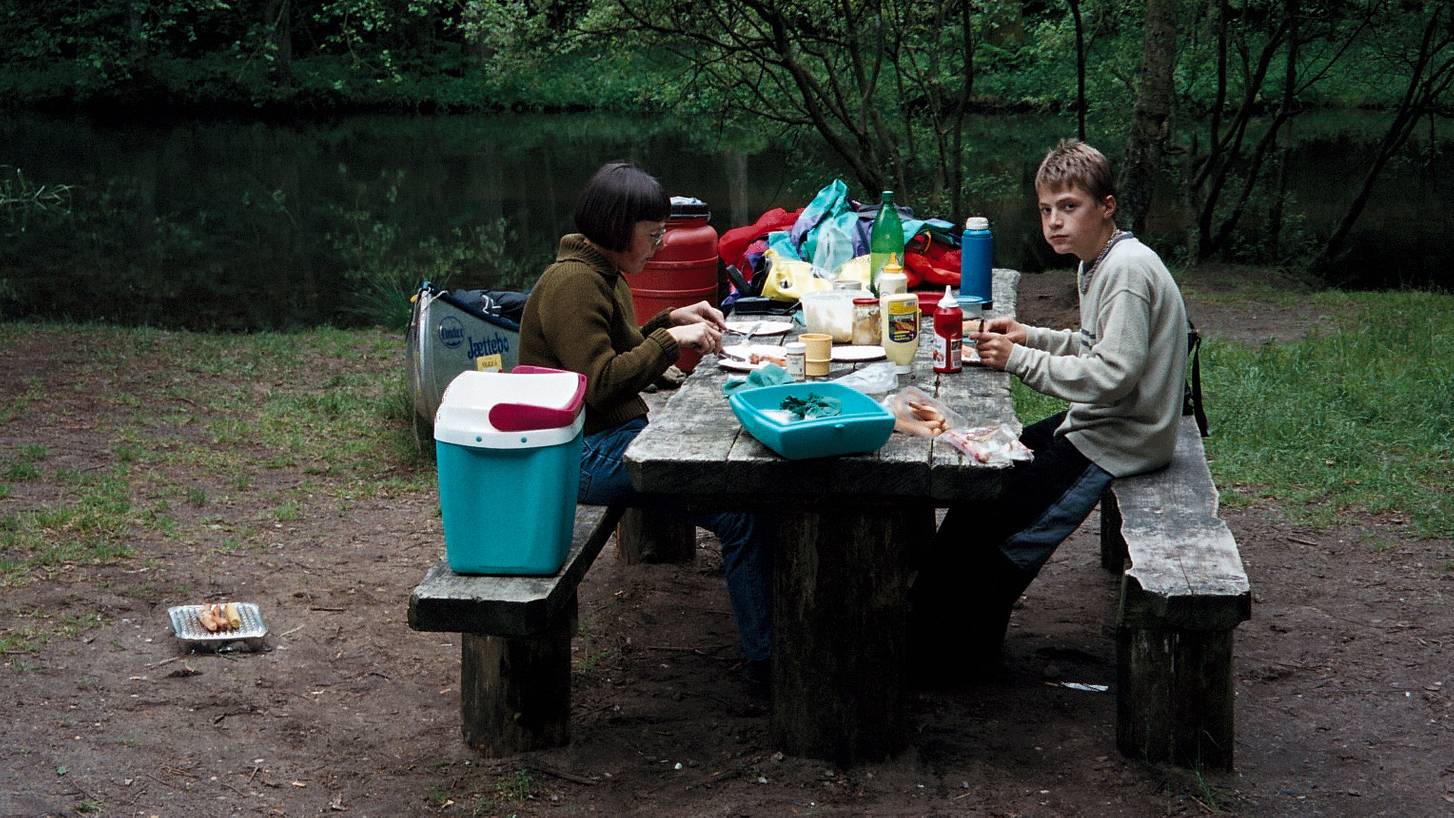What is APS film?
APS film is 24 mm wide and was introduced in 1996 as a “high-tech” format, hence its name Advanced Photo System. It was viewed as a modern alternative to the 126 and 110 formats, with a simplicity that made it perfect for hobbyists and beginners. Unfortunately, APS film didn’t have perfect timing. It came not too long before digital took off and was eventually discontinued in 2011.





Despite its short run, APS film introduced many innovations to film photography. It allowed photographers to choose from 40, 25 and 15 exposure lengths. On top of that, you would also be able to pick print sizes or images formats with the options of High Definition, Classic and Panoramic.
As well as this it gave great importance to protecting one’s pictures, which shows the influence of 126 and 110 films. The APS cartridge was designed for fully automatic film loading, allowing it to completely encase the film while inserting, during shooting, and even after developing and scanning. There was also no need for photographers to use the full roll at once – film could easily be taken out and reloaded again.





APS film has a lot of other cool features which you can find out more about through this first impressions review in our Magazine.
Anything missing?
Can’t find an answer to your question? Or do you have some useful advice to add to one of our courses? We want to build the world’s largest analogue learning space, so please send any further requests or information to school@lomography.com and we’ll take a look!
Photos From Other Students
Do you want to see your photos featured here for all Lomo School students to see? If you think your photos fit this article just tag them with “aps”. We take a look at all these photos and select our favorites. See all photos tagged with “aps” here.
More Courses
-
What are the different photographic film formats?
The three main types of film format are 35 mm, medium format and large format. More unusual formats also exist such as 110 and 127.
-
What is tungsten film?
Most standard films are daylight-balanced, so they tend to capture the yellow-orange cast from tungsten lights. To address this, tungsten film was created to produce color-correct images taken under artificial lighting.
-
What is 126 film?
126 film was launched by Kodak in 1963 as a way to simplify the process of loading and unloading film into cameras. Its name comes from the negatives’ dimension of 26.5 mm square. Although companies ceased mass production of 126 format around 2007 to 2008, its cartridge is still known and loved today.
-
What is the difference between panchromatic and orthochromatic film?
Orthochromatic film is made with blue-sensitive silver halide crystals, while panchromatic film adds other chemicals to increase the film’s sensitivity into the green and red parts of the spectrum.
-
What is a half-frame film camera?
Half-frame cameras shoot 18×24 mm photographs on 35 mm film. This means you can take up to 72 images on one single roll and save a lot of film!
-
What are LomoChrome films?
LomoChrome is the name given to Lomography’s experimental film stocks. There are currently four LomoChrome film stocks available: LomoChrome Purple, LomoChrome Turquoise, LomoChrome Metropolis, and LomoChrome Color ‘92.
-
Where to get film developed?
There are a lot of places that can process and develop your 35 mm color negative film such as local drugstores or one-hour photo labs.
-
What is the processing method for Redscale and LomoChrome films?
All Lomography color films are processed using C-41 chemicals. This includes Lomography RedScale XR and our popular range of color-shifting LomoChrome films – LomoChrome Purple, LomoChrome Metropolis and LomoChrome Turquoise
-
What is cross processing?
Cross processing (or “X-pro”) is the procedure of deliberately processing film in a chemical solution intended for a different type of film. As each chemical mixture is optimized for a specific kind of film, you will get unpredictable results when combining them differently.

























